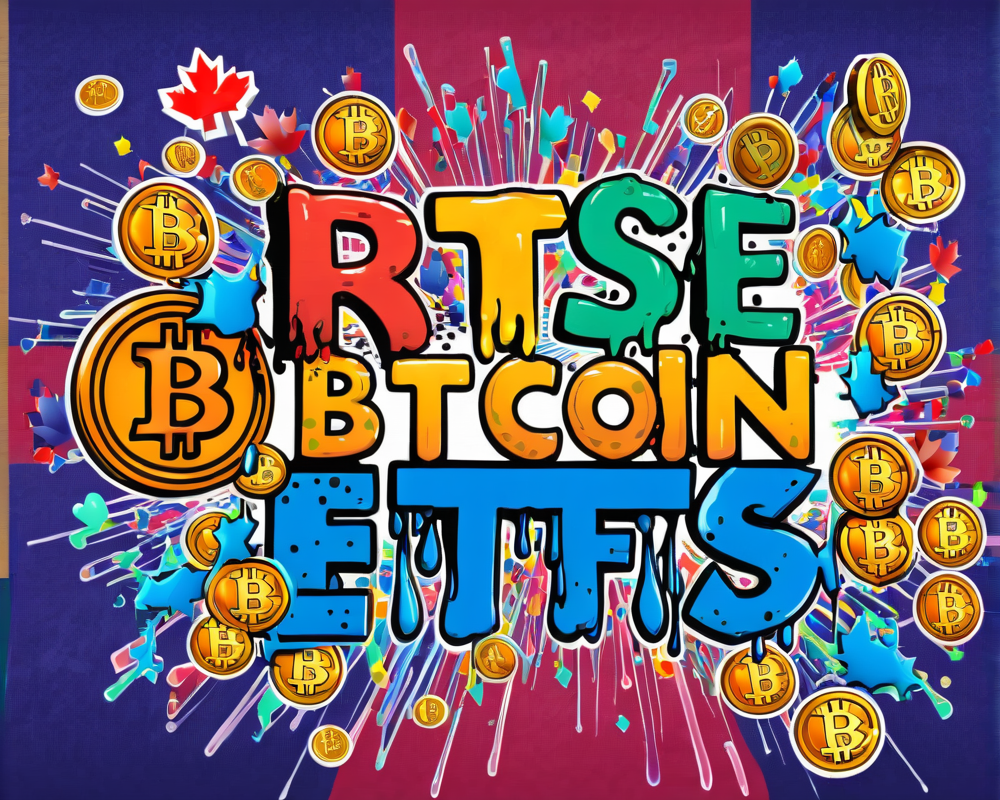Defining the Metaverse
The Metaverse, like that elusive creature described in folklore, is often whispered about yet remains largely undefined—though everyone seems to have an opinion on what it is. For some, it’s virtual reality, while others might sprinkle in terms like ‘cyberspace’ and ‘digital assets’ to confuse their audience even more. The buzzword bingo only ramps up when you throw in NFTs, cryptocurrencies, and whatever new tech is trending. It’s a vast, scalable challenge trying to corral all these ideas into a neatly wrapped package.
Risk Management: Not Just for Real Life
When it comes to the Metaverse, companies are rushing in, often leaving risk management behind like yesterday’s leftovers. But here’s a little secret: just because you’re dancing in the virtual realm doesn’t mean the risk fairy has taken a vacation. In fact, managing risks within the Metaverse is as crucial as dodging traffic in the physical world. With the stakes higher than a kid trying to balance a stack of cookies, understanding and identifying risks is paramount to creating a safe digital playground.
Types of Risks in the Metaverse
- Physical Hardware Risks: The backbone of the Metaverse is hardware, and just like worrying about that old truck you drive—replacing parts isn’t a fun endeavor. Physical hardware from headsets to chips creates a whole new host of risks, ripe for attacks from the virtual mischief-makers lurking in the shadows.
- Cryptocurrency Risks: Crypto might make you feel like a financial wizard one second, then have you questioning your life choices the next. The surge in digital currencies means increased risk—not only from hackers looking to snatch your hard-earned coins but also from the casual user who might accidentally stack their crypto wallet with bad security choices. It’s like leaving the door to your cyber mansion wide open because you forgot to check it.
- Identity Risks: In the Metaverse, anonymity is king. This poses a massive risk, where bad actors can easily blend in like a chameleon at a paint store. Unregulated identities can lead to chaotic mishaps, including data-sharing disasters and—yikes—cyber bullying incidents. Who doesn’t love a little chaos? Not us!
Mitigating Risk: A Continuous Job
Organizations must develop comprehensive security strategies, mustering their resources to tune into the risk management symphony. Continuous monitoring is crucial, especially in the cryptocurrency realm where trends change faster than a cat meme goes viral. Cryptographic wallets need robust authentication just as much as a medieval castle needs a strong drawbridge. If you can’t put up a solid defense, at least consider having a backup plan.
The Good, The Bad, and The Future of the Metaverse
As we tiptoe further into the Metaverse waters, we must acknowledge that while opportunities abound, the inherent risks are lurking—like the anxiety of the first day of school. With identity and transaction risks branching out like a raging wildfire, the need for a secure space is critical. Whether or not the Metaverse evolves into an interconnected universe remains to be seen. However, one thing’s for sure: proactive risk management will keep us from face-planting in this digital endeavor.




